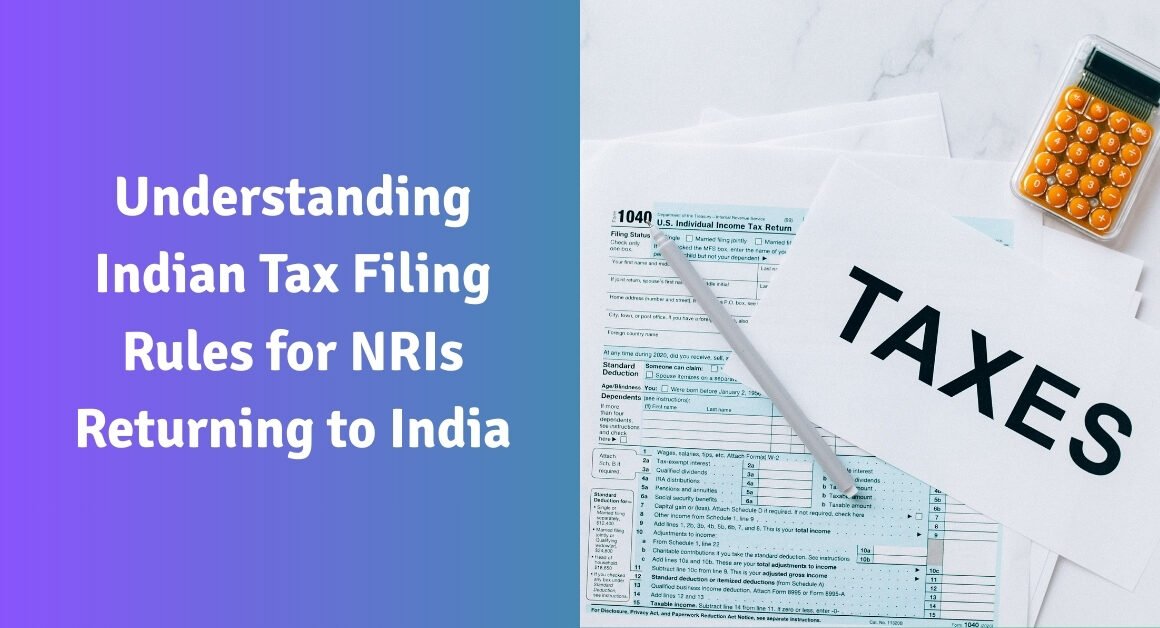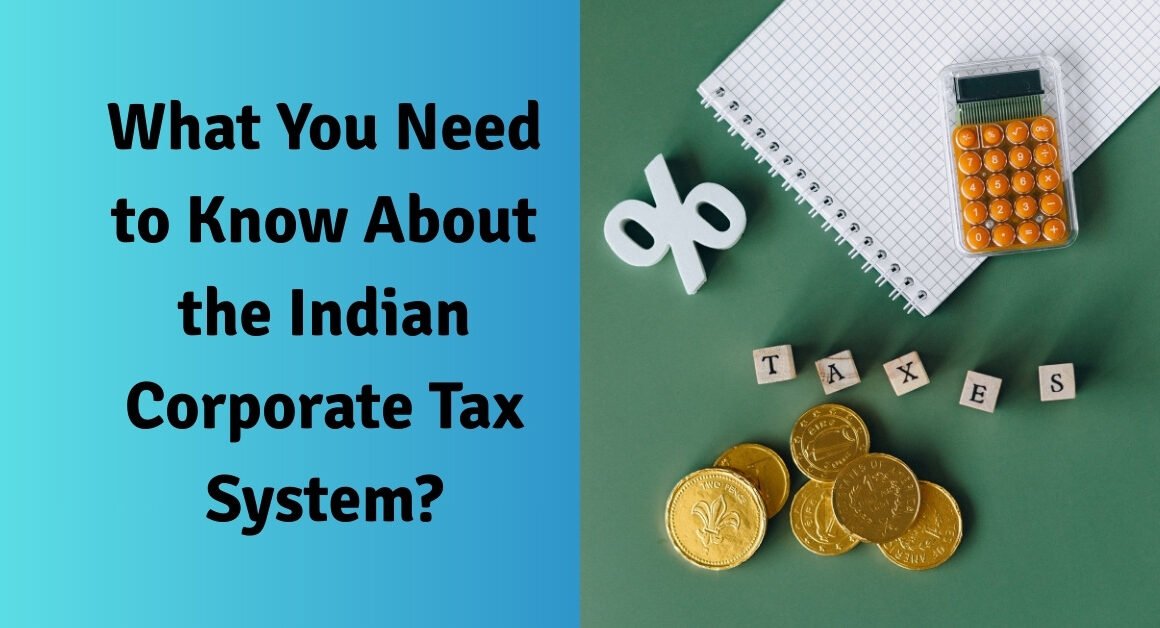Relocating to India after years abroad presents significant financial transitions that require careful navigation, particularly regarding taxation. Beyond cultural reintegration and logistical coordination, understanding and leveraging available tax incentives becomes crucial for returning NRIs seeking to optimize their financial positions. India offers various tax relief measures and strategic opportunities that can substantially reduce tax liabilities while supporting efficient wealth management during the transition period.
This comprehensive guide explores effective strategies for maximizing tax incentives available to returning NRIs, enabling optimized financial planning as you reestablish life in India.
Understanding Residential Status and Tax Implications
The Income Tax Act categorizes individuals into three distinct residential classifications that directly impact tax obligations:
Resident and Ordinarily Resident (ROR): Individuals with significant Indian presence and connections, subject to taxation on global income including foreign earnings, investments, and assets.
Resident but Not Ordinarily Resident (RNOR): Transitional status for returning NRIs, typically lasting 2-3 years, offering significant tax advantages including exemption on most foreign income sources.
Non-Resident (NR): Individuals with limited Indian presence, taxed only on Indian-sourced income with no obligations regarding foreign earnings.
Your classification depends on days spent in India during financial years and historical residency patterns. The RNOR status provides crucial transition benefits:
- Foreign income remains tax-exempt unless received in or derived from India
- Continued eligibility to maintain certain overseas financial arrangements
- Strategic planning window for asset restructuring and tax optimization
- Gradual transition to full Indian tax compliance requirements
Key Tax Incentives for Returning NRIs
1. RNOR Status Benefits – Strategic Tax Planning Window
The RNOR classification offers temporary relief from comprehensive Indian taxation, creating strategic opportunities for financial restructuring:
Foreign Income Exemptions: During RNOR period, foreign-sourced income including rental receipts, pension payments, investment dividends, and bank interest remains exempt from Indian taxation. This window allows strategic planning for future tax efficiency.
Asset Restructuring Opportunities: Use the RNOR period to evaluate global asset portfolios, considering factors like Indian tax efficiency, repatriation requirements, and long-term investment strategies before full tax residency begins.
Investment Timing: Strategic timing of investment sales, dividend receipts, or asset transfers can optimize overall tax positions while maintaining compliance with both foreign and Indian tax authorities.
2. Double Taxation Avoidance Agreement (DTAA) Benefits
India maintains DTAAs with over 90 countries, providing relief mechanisms for income taxed in multiple jurisdictions:
Tax Credit Systems: Claim credits for foreign taxes paid, reducing Indian tax liability on the same income sources. This prevents double taxation while ensuring compliance in both jurisdictions.
Reduced Tax Rates: Certain income categories may qualify for preferential tax rates under DTAA provisions, optimizing overall tax efficiency for continuing foreign income sources.
Exemption Classifications: Some income types may qualify for complete exemption under specific DTAA provisions, particularly beneficial for pension income, certain dividends, and capital gains.
Tax-Efficient Investment Strategies for Returnees
India provides numerous investment vehicles offering tax benefits particularly valuable once RNOR status transitions to full residency:
1. Equity-Linked Saving Schemes (ELSS)
- Three-year minimum lock-in period (shortest among 80C investments)
- Annual deduction eligibility up to ₹1.5 lakh under Section 80C
- Potential for superior long-term returns through equity market participation
- Professional fund management with diversified portfolio construction
2. Public Provident Fund (PPF) Advantages
- 15-year investment tenure with partial withdrawal options after 7 years
- Tax deduction under Section 80C for annual contributions up to ₹1.5 lakh
- Tax-free interest earnings and maturity proceeds
- Loan facilities against PPF balance for specific purposes
3. National Pension System (NPS) Benefits
- Retirement-focused investment with professional fund management
- Dual tax benefits: Section 80CCD(1) within overall 80C limit plus additional Section 80CCD(1B) deduction of ₹50,000
- Flexible asset allocation across equity, government securities, and corporate bonds
- Annuity options at maturity with tax-efficient withdrawal strategies
4. Tax-Saving Fixed Deposits and Government Schemes
- 5-year tax-saving FDs eligible for Section 80C deduction
- Senior Citizens Savings Scheme (SCSS) for individuals above 60 with quarterly interest and tax benefits
- Government securities and infrastructure bonds offering stable returns with tax advantages
Strategic Foreign Asset Restructuring
As you prepare for full Indian tax residency, systematic review and restructuring of global assets becomes essential:
Pre-Transition Asset Evaluation: Assess whether to liquidate certain foreign investments before losing RNOR status, considering factors like capital gains implications, currency risks, and future tax efficiency in India.
Gradual Investment Migration: Consider systematic transfer of investments to India to minimize tax impact while maintaining diversification and growth potential. This approach spreads currency conversion over time and reduces concentration risks.
Ongoing Account Management: Evaluate which foreign bank accounts and investments to maintain versus close, considering ongoing compliance requirements, tax implications, and practical utility.
Investment Planning and Compliance Strategies
Section-Specific Tax Benefits:
Section 80C Comprehensive Planning: Maximize annual ₹1.5 lakh deduction through strategic allocation across ELSS, PPF, life insurance premiums, home loan principal, and children’s tuition fees.
Healthcare and Insurance Deductions: Utilize Section 80D for health insurance premiums (up to ₹25,000 for self and family, additional ₹50,000 for parents above 60), providing comprehensive coverage while reducing tax liability.
Home Loan Benefits: Section 24 allows home loan interest deduction up to ₹2 lakh annually, while Section 80C covers principal repayment, making property investment highly tax-efficient.
Education and Charity Contributions: Sections 80E (education loan interest) and 80G (charitable donations) provide additional deduction opportunities aligned with personal and social objectives.
Avoiding Common Planning Mistakes
Status Update Failures: Many returning NRIs neglect updating residential status with banks, mutual fund companies, and tax authorities, leading to compliance issues and missed optimization opportunities.
Account Mismanagement: Continuing to operate NRE/NRO accounts without proper conversion to resident accounts creates regulatory violations and tax complications.
Global Income Oversight: Failing to plan for global income taxation once RNOR status ends can result in significant unexpected tax liabilities and compliance penalties.
Asset Declaration Negligence: Not properly declaring foreign assets under the Black Money Act can lead to severe penalties and legal complications.
Professional Guidance and Implementation
Expert Advisory Services: Engage chartered accountants specializing in cross-border taxation, SEBI-registered investment advisors familiar with NRI transitions, and financial planners experienced in international wealth management.
Regular Review Processes: Establish annual review cycles to assess changing tax obligations, investment performance, and optimization opportunities as your situation evolves.
Compliance Monitoring: Maintain systematic tracking of tax obligations, filing deadlines, and regulatory changes affecting your investment strategy and tax planning.
Conclusion
Returning to India opens significant opportunities for tax optimization and wealth enhancement through strategic planning and professional guidance. Leveraging RNOR status benefits, understanding DTAA provisions, investing in tax-efficient instruments, and properly planning residential status transitions can
FAQs
- What is RNOR status and why is it important?
Ans- RNOR (Resident but Not Ordinarily Resident) offers tax exemptions on most foreign income for 2–3 years after return. - Do I need to pay tax in India on my foreign income?
Ans- Not during your RNOR period most foreign income is tax-exempt unless received in India. - What happens to my NRE/NRO accounts after returning?
Ans- They must be re-designated as resident accounts or RFC (Resident Foreign Currency) accounts. - Can I still hold foreign assets after moving back?
Ans- Yes, but proper declaration and compliance are essential under the Black Money Act. - What are DTAA benefits for returning NRIs?
Ans- You can avoid double taxation through tax credits or exemptions on income taxed abroad. - Which investments offer tax deductions in India?
Ans- ELSS, PPF, NPS, tax-saving FDs, and life insurance under Sections 80C and 80CCD. - Are there any tax benefits on health insurance?
Ans- Yes, under Section 80D, premiums are deductible up to ₹75,000 if parents are senior citizens. - Can I invest in property and get tax relief?
Ans- Yes, interest on home loans is deductible under Section 24, and principal under 80C. - How should I plan my foreign asset liquidation?
Ans- Use the RNOR window to restructure assets tax-efficiently before becoming fully taxable in India. - Do I need a tax advisor for this process?
Ans- Yes, a cross-border tax expert can help you maximize benefits and stay compliant.
Disclaimer: The information provided here is for educational and informational purposes only and should not be construed as financial, legal, or tax advice. Consult with a qualified professional before making any investment decisions. We do not accept any liability for errors or omissions in this information nor any direct, indirect, or consequential losses arising from its use.





